- Joined
- 11 February 2010
- Messages
- 1,650
- Reaction score
- 2,707
Wish there is size.. it could be Chinese analog to Izdeliye-810.
The PL-12AE air-to-air missile is a medium-to-long range radar air-to-air missile with the characteristics of long range, high guidance accuracy, and strong anti-interference ability.
It can undertake beyond-visual-range air combat missions and is used to attack fighters, bombers, drones, cruise missiles and other aerial targets.
The carrier platforms are Xiaolong, Menglong, large drones, etc.;
- the launch method is rail and catapult
- the maximum available g load is 38
- the attack distance is ≥120km
- the guidance method is a combination of strapdown inertial navigation/Beidou satellite + two-way data link correction + active radar terminal guidance
- the missile length is 3939mm, the missile diameter is 203mm, and the mass is ≤214kg
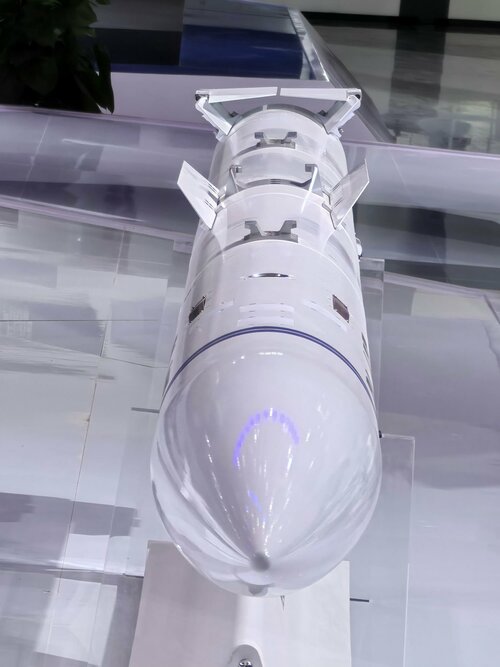
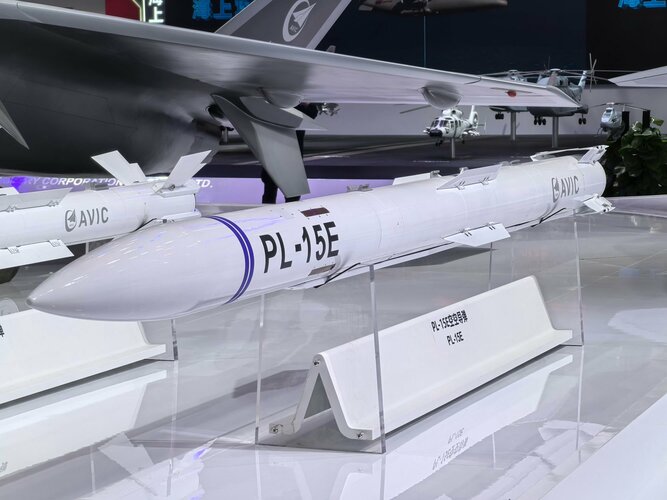
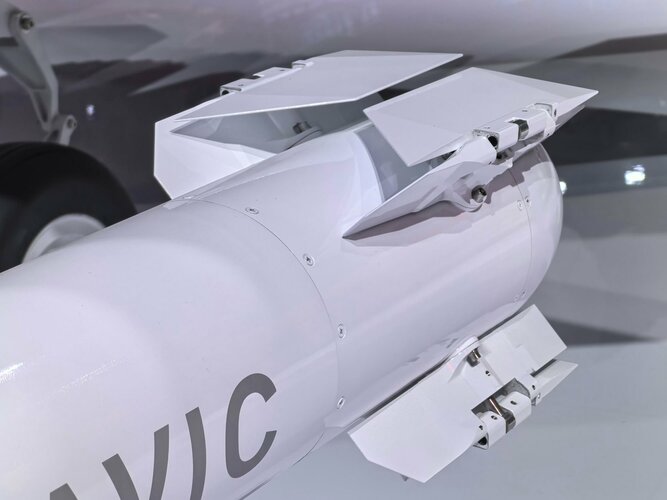
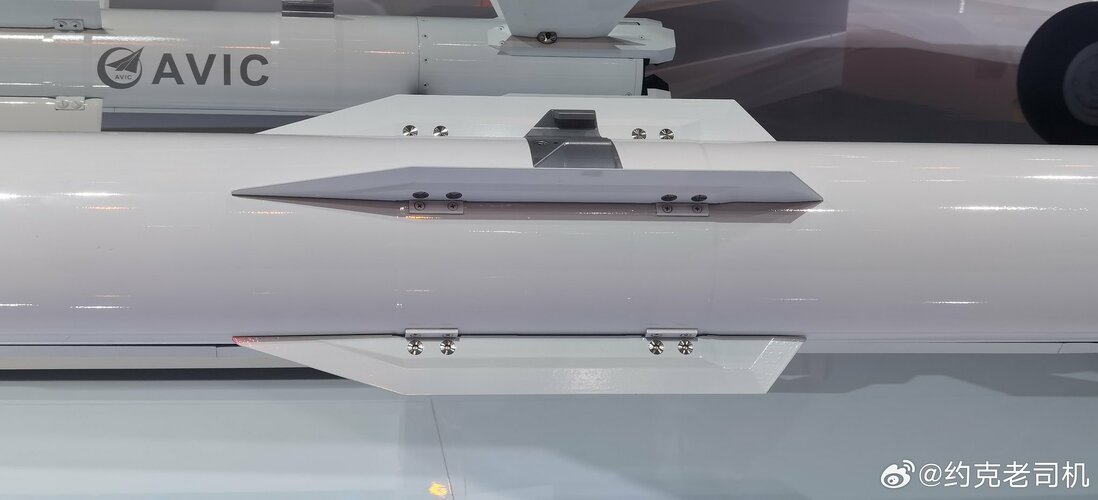
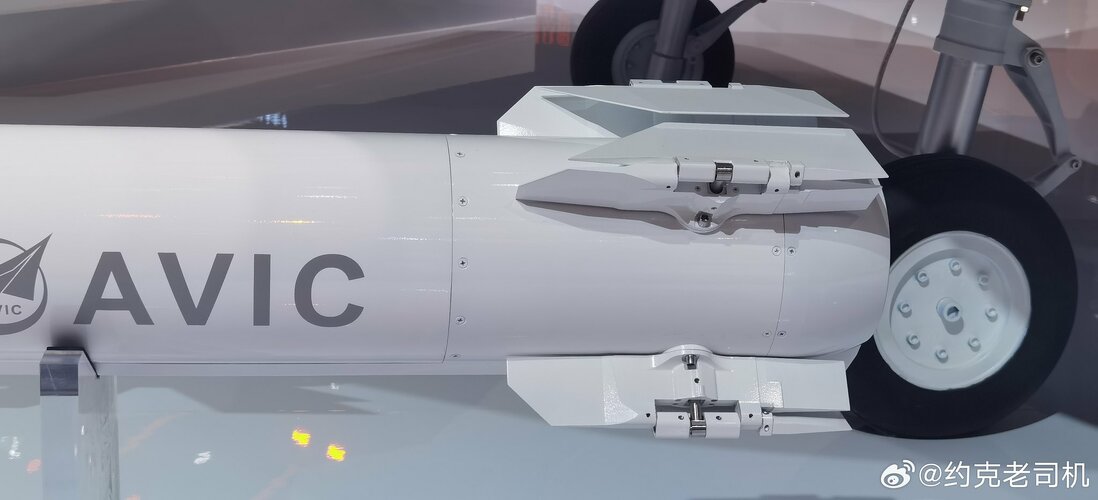
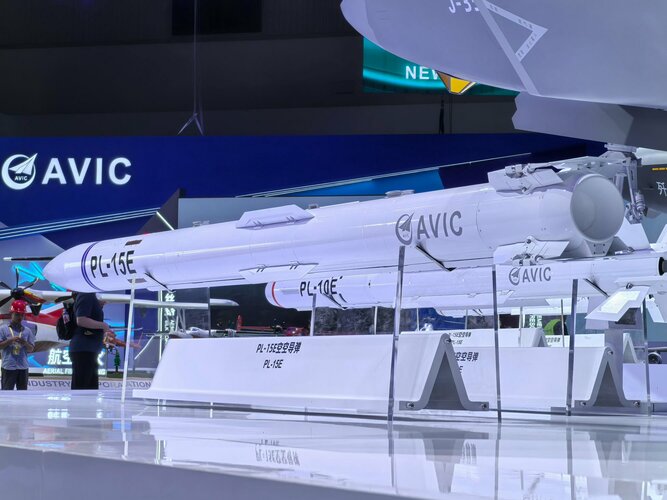
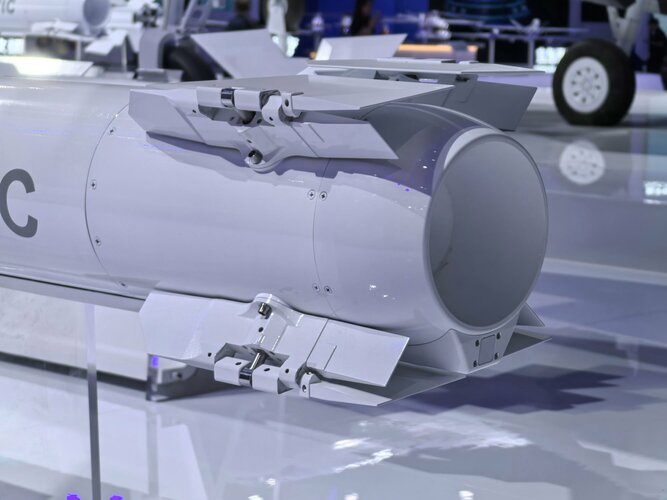

New member here. What are the dimensions of the PL-15 / PL-17 especially the wingspan? Can't seem to find them online
PL-15 is around the same length as PL-12 (4m) but has bigger girth and cropped fins. PL-17 is 2 meters longer.

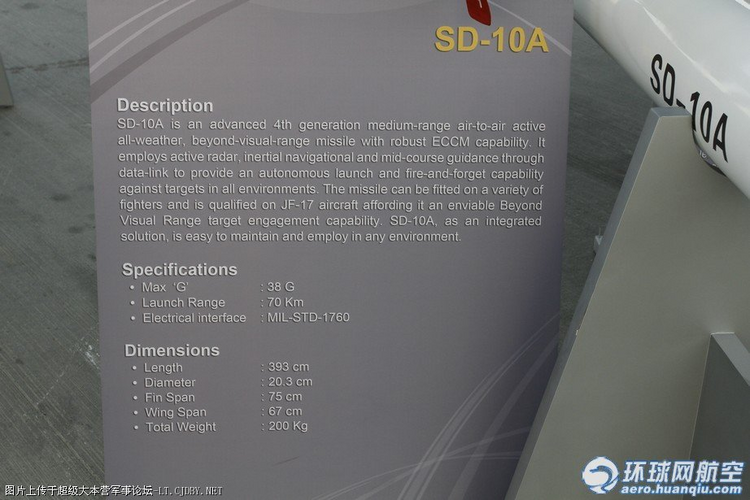
Would extrapolating the AIM-120D be a good estimate?Based on placards of SD-10A/PL-12, and PL-15E/PL-15, the PL-15 has the same fuselage diameter as PL-12 (203mm), but is a little bit longer (3996mm vs 3930mm)
Of course, by virtue of having cropped fins, PL-15 has an overall narrower footprint than PL-12, but we don't have confirmation of the specific finspan of PL-15 (only that it is narrower than PL-12)
View attachment 757702
View attachment 757703
